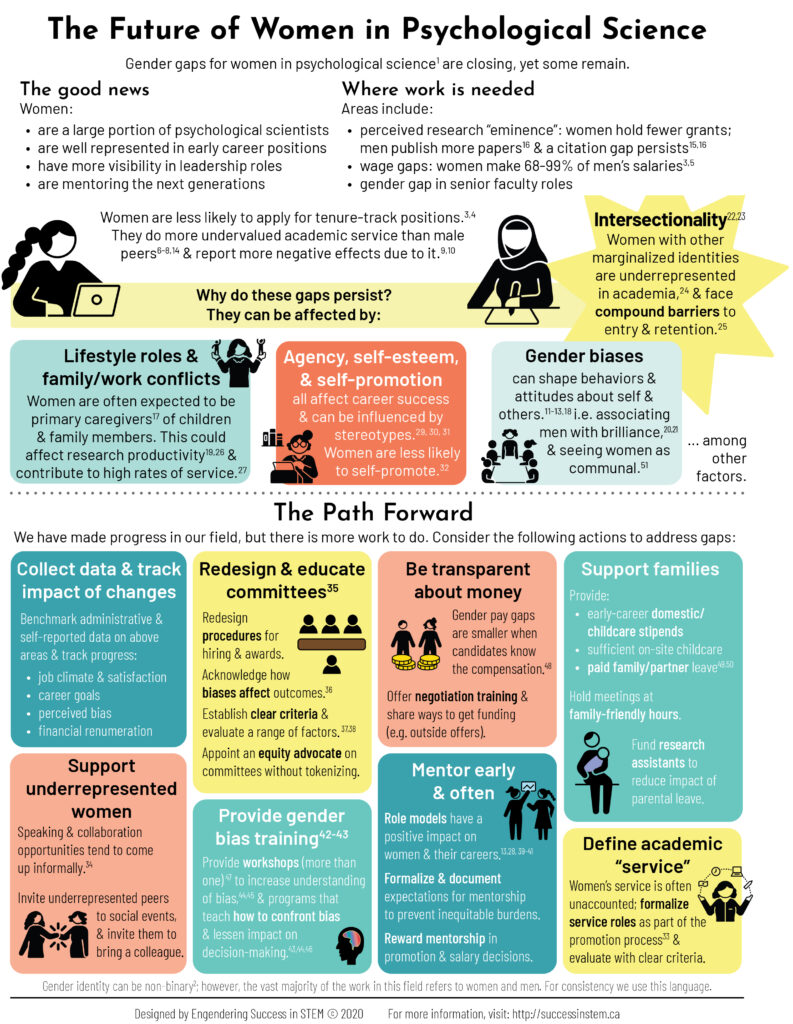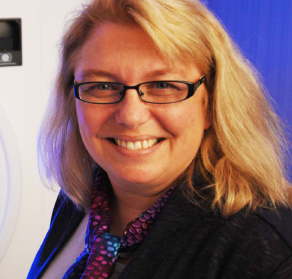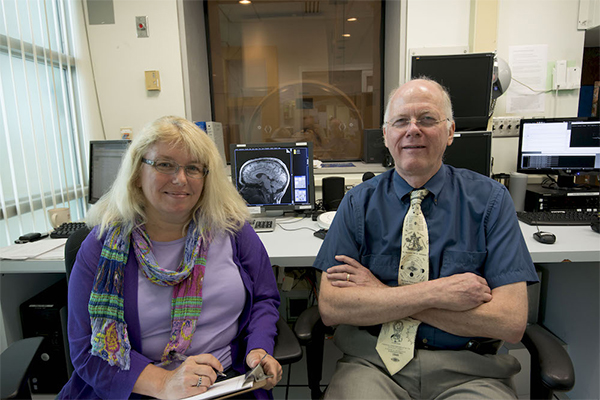
Psychology has made some impressive gains in gender parity in recent years. In the United States, women comprise the vast majority of undergraduate students in psychology classrooms, and women earn 71% of psychology PhDs.
But these gains don’t tell the entire story. To fill in the gaps, a group of nearly 60 women faculty members in psychology, neuroscience and related fields decided they would review the empirical data and tell the full tale, The_Future_of_Women_in_Psychological_Science.
Deanna Barch, chair of psychological and brain sciences in Arts & Sciences at Washington University in St. Louis, was one of the authors on the international interdisciplinary research published Sept. 9 in the journal Perspectives on Psychological Science.

“I think awareness has grown immensely about these issues, and there are many more explicit attempts to address them,” said Barch, who is also the Gregory B. Couch Professor of Psychiatry and professor of radiology at Washington University School of Medicine.
“But there is still not enough awareness, and explicit awareness does not always counter implicit bias,” she said.
The 59 authors of the paper span different stages in their own academic careers, and they looked at the data to see how other women fare along different stages, as well. In addition to outnumbering men in undergraduate, graduate and doctoral programs, the literature indicates women in the early stages of their careers were more likely than men to receive assistant professorships and generally earn equal salaries — when women applied for such jobs.
Women also were as likely to secure grant funding — when they applied. And when it came to promotion and tenure, there also was no significant difference.
Between earning a PhD and earning tenure, however, published literature revealed several important inequities persisted, from unequal compensation to additional time demands to lower rates of publication — all of which more adversely affected women.
All told, it adds up to a field that still has a ways to go in terms of gender equality, the study also discovered:
- Although pay at the assistant professor level was roughly equal for men and women in psychology, it widened as faculty moved through their careers: 2018 data from the National Science Foundation found that, across all institutions, women’s salaries equated to 88% of men’s at the associate level and 92% at the full professor level.
- Women in the psychological sciences were less likely to be considered “eminent” in their fields and were underrepresented as public intellectuals. The paper cited Edge, a center that showcases the work of public intellectuals. In 2019, women accounted for just one-third of the psychological scientists it listed. In the “Gray Matter” section of The New York Times, one-quarter of the authors were women.
- Looking at various sources, evidence suggested men published about 50% more research papers than women. Although it varied among sub-disciplines, it was more pronounced in the more influential journals. And men self-cited (cited their own prior research) about 50% more than women. Self-citing has a positive effect on the impact of one’s research.
So what can be done to rewrite the story to reach gender parity across the psychological sciences?
The review paper is, in part, a beginning, as the authors suggested documenting inequities and raising awareness are first steps to change.
Citing a 2017 study, the authors suggested pay gaps are smaller when salary information is available. Therefore, the paper called for more transparency and dissemination of information pertaining to salary information.
Formalizing service work — and paying for it — might help more equally distribute the load across faculty. As with all of these issues, however, the authors cautioned that there is still much to learn. “To understand the prevalence of and possible causes of this disparity more fully, we need objective and more nuanced data from different types of departments and universities, across large and diverse samples,” the authors wrote.
In some cases, however, there are already tools to help determine patterns that might be detrimental, either to one’s career or by upholding the inequities: “There are now software programs that let you analyze your citation patterns,” said Barch, who contributed primarily to the “Path Forward” section, particularly considering what empirical research is still needed.
Technology can help, but the psychology field itself is uniquely situated when it comes to tackling issues of inequities and biases. And its methods may be more broadly applicable.
“I think that psychological science research is well suited to think about interventions that can disrupt the types of implicit and explicit biases that make it more difficult for different identities in academia,” Barch said.



Comments and respectful dialogue are encouraged, but content will be moderated. Please, no personal attacks, obscenity or profanity, selling of commercial products, or endorsements of political candidates or positions. We reserve the right to remove any inappropriate comments. We also cannot address individual medical concerns or provide medical advice in this forum.